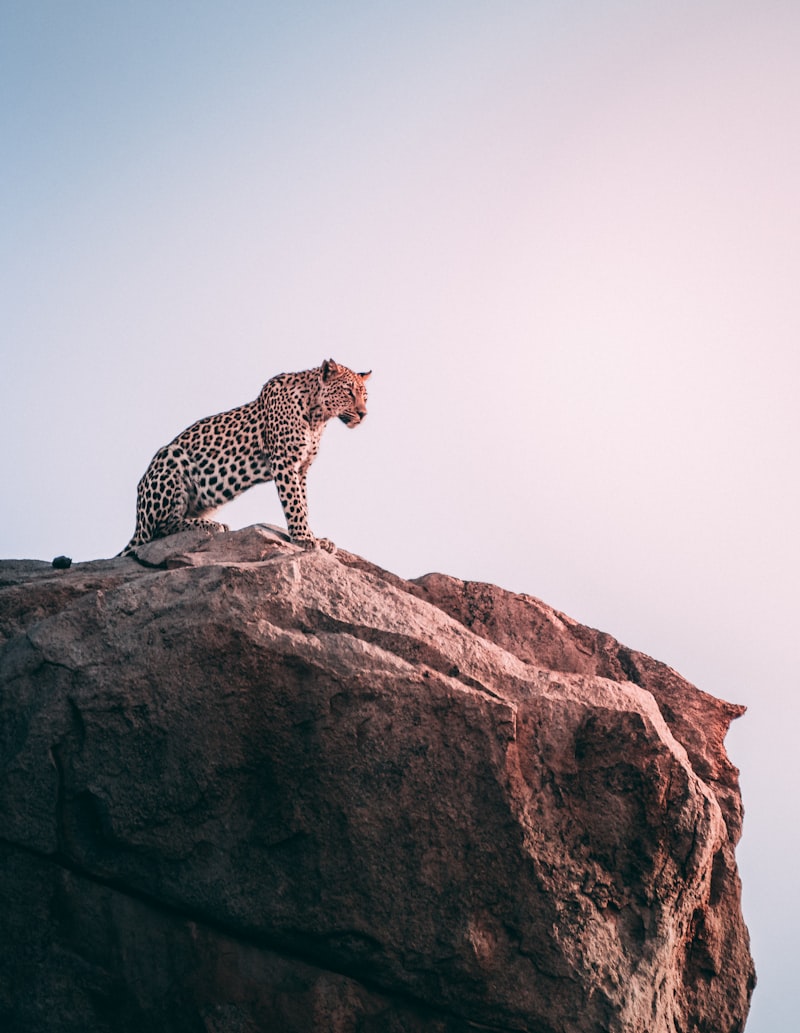Firstly, choose an appropriate location in your garden. Select a spot that receives a good balance of sunlight and shade throughout the day. This helps to encourage diverse plant growth and provides resting areas for wildlife. Ensure the area is level and free from overhanging branches to prevent debris from falling into the pond.
Next, outline the shape and size of your pond. Wildlife ponds can vary in size, but aim for a minimum of around 1.5 meters in diameter to support a range of aquatic life. Dig the pond to a depth of at least 60 centimeters in the center, creating shallow edges that allow easy access for creatures like frogs and insects.
Once the pond is excavated, line it with a durable pond liner to prevent water leakage. Ensure the liner extends beyond the edges of the pond to secure it in place. You can use sand or old carpet underneath the liner to protect it from sharp objects that may puncture it.
Fill the pond with water and allow it to stand for a few days. This helps to dechlorinate the water, making it safe for wildlife. Add a variety of aquatic plants such as water lilies, floating plants, and oxygenators. These plants provide shelter, food, and oxygen for pond inhabitants while helping to maintain water quality.

Introduce natural materials around the pond to create habitat zones. Use rocks, logs, and piles of stones to provide shelter for amphibians, insects, and small mammals. Incorporate native plants around the pond to attract butterflies, bees, and other pollinators, enhancing the biodiversity of your garden.
Lastly, monitor and maintain your wildlife pond regularly. Remove any debris such as fallen leaves and algae buildup to keep the water clean and healthy. Avoid using chemicals or pesticides near the pond as these can harm wildlife.
By following these steps, you can create a thriving wildlife pond in your garden, fostering biodiversity and creating a tranquil haven for both you and nature to enjoy.
Transform Your Garden into a Wildlife Haven: Step-by-Step Guide to Building a Pond
Firstly, choose a suitable location for your pond. Ideally, it should be placed where it can receive sunlight for a significant part of the day to support aquatic plant growth. Avoid areas directly under trees to minimize leaf litter and debris falling into the water.
Next, outline the shape and size of your pond. You can go for a natural, organic shape or a more geometric design depending on your preference. Ensure the depth varies, with shallow sections for marginal plants and deeper areas for aquatic life to thrive.
Now comes the digging. Excavate the marked-out area carefully, keeping in mind the depth requirements. You can use the soil dug out to create sloping edges around the pond, providing easy access for wildlife such as frogs and insects.
Once the hole is dug, add a layer of sand or pond underlay to cushion and protect the pond liner. The liner itself should be durable and thick enough to prevent punctures, ensuring your pond holds water effectively without leakage.
After laying the liner, carefully fill the pond with water. Use a hose or natural rainwater if available to avoid adding chemicals that could harm wildlife. As the pond fills, adjust the liner to minimize folds and creases, ensuring a smooth surface inside.
Now, it’s time to add plants. Choose a variety of aquatic plants like water lilies, irises, and oxygenators. These not only beautify your pond but also provide habitats and food sources for wildlife. Introduce them gradually, allowing them to adjust to their new environment.
To complete your wildlife haven, consider adding rocks, logs, and native plants around the pond’s edge. These provide shelter for amphibians, butterflies, and other beneficial creatures, making your garden a sanctuary for biodiversity.
Building a pond is not just about creating a water feature; it’s about fostering a balanced ecosystem where plants and animals can thrive harmoniously. With these steps, you can transform your garden into a vibrant wildlife haven, attracting a multitude of creatures that contribute to a healthier environment.
Eco-Friendly Gardening: How to Create a Wildlife Pond in Your Backyard

Have you ever dreamed of transforming your backyard into a thriving oasis for local wildlife? Creating a wildlife pond is the ultimate way to invite nature into your own space while promoting eco-friendly gardening practices. This endeavor not only enhances the beauty of your garden but also supports biodiversity by providing a habitat for various creatures.
To start off, choose a suitable location for your wildlife pond. Opt for an area that receives a good balance of sunlight and shade throughout the day. This will encourage the growth of aquatic plants and create a comfortable environment for visiting wildlife. Remember, a diverse range of plants is crucial for maintaining the pond’s ecosystem. Native species are particularly beneficial as they attract local wildlife and require less maintenance.
When digging the pond, aim for a gradual slope to ensure different depths. This accommodates a variety of species, from insects to amphibians, offering them different zones to thrive in. Consider incorporating shallow areas with gentle slopes for easy access and deeper sections for fish and aquatic plants.
Once your pond is shaped, line it with a durable pond liner to prevent water leakage. Natural materials like clay or a rubber liner are popular choices. Fill the pond with rainwater if possible, as it’s free from chemicals found in tap water, making it safer for wildlife. Introduce aquatic plants such as water lilies, marsh marigolds, and duckweed to provide shelter and food sources for animals.
Maintaining the pond is essential for its longevity and the well-being of its inhabitants. Regularly remove debris like leaves and algae to keep the water clean and oxygen levels high. You can also add a small pump or fountain to promote circulation and prevent stagnation, which can attract mosquitoes.
A wildlife pond isn’t just a beautiful addition to your garden; it’s a sanctuary that fosters a balanced ecosystem. By creating one, you contribute to the conservation of local wildlife and promote sustainable gardening practices. So, roll up your sleeves, embrace your inner conservationist, and embark on this rewarding journey to bring nature closer to home.
Attract Wildlife and Boost Biodiversity: Easy Steps to Make a Garden Pond
Firstly, choose a suitable spot for your pond. Opt for an area that receives a mix of sunlight and shade throughout the day to support a variety of plant and animal life. Ensure the ground is level and free from overhanging branches to prevent debris from falling into the water.
Next, outline the shape of your pond using a garden hose or rope. You can get creative with the design, whether it’s a naturalistic shape or a more geometric form. Dig out the marked area to your desired depth, aiming for a mix of shallow and deeper sections to accommodate different species.
Once your pond is excavated, add a layer of sand or old carpet to cushion the bottom and prevent punctures from stones or roots. Place a pond liner over this base, ensuring it overlaps the edges by at least 30 centimeters. Carefully fill the pond with water, allowing the liner to settle naturally into place.
Now comes the fun part – planting! Choose a variety of native aquatic plants such as water lilies, iris, and cattails. These plants not only provide oxygen and shelter but also attract beneficial insects like dragonflies and butterflies. Introduce submerged plants like hornwort or anacharis to oxygenate the water and keep it clear.
To further attract wildlife, consider adding a few rocks or logs around the pond’s edge. These provide basking spots for amphibians and resting areas for birds. You might even install a small fountain or waterfall feature to aerate the water and create soothing sounds that mimic natural habitats.
Maintaining your garden pond is straightforward. Regularly remove any fallen leaves or debris, and trim back overgrown plants to prevent them from dominating the pond. Remember to top up the water level during dry spells and check the pond pump if you have one installed.
By following these steps, you can create a vibrant ecosystem in your own backyard, supporting local wildlife and enhancing the biodiversity of your garden. Watch as birds bathe, frogs croak, and dragonflies dance – your garden pond will become a hub of life and tranquility.
From Blueprint to Biodiversity: Constructing a Thriving Wildlife Pond at Home
Firstly, choose a suitable location for your pond. Pick a spot that receives some sunlight but also has shady areas for creatures seeking refuge from the heat. This diversity in light conditions will cater to a wider range of plant and animal species. Once you’ve marked out your pond’s location, it’s time to dig. You don’t need heavy machinery—just a shovel and some elbow grease. The shape is up to you; some prefer natural, organic outlines, while others opt for geometric designs. Remember, wildlife ponds don’t need to be deep; a variety of depths—shallow areas for bathing birds and deeper zones for fish—will enhance biodiversity.
Next, line your pond with a sturdy pond liner to prevent leakage. Natural materials like clay or synthetic liners work well; ensure there are no sharp objects underneath that could puncture the liner. Once your pond is secure, add a layer of gravel and larger rocks around the edges to provide different habitats for amphibians and insects.
Now comes the fun part—adding plants! Native aquatic plants such as water lilies, marsh marigolds, and water irises are excellent choices. They provide shelter for small creatures, oxygenate the water, and offer spots for insects to lay their eggs. As your pond matures, these plants will attract a myriad of wildlife, from damselflies and beetles to newts and frogs.
Maintaining your wildlife pond is surprisingly easy. Regularly remove any invasive plants or excess algae to keep the ecosystem balanced. A gentle clean with a pond net and some pruning of overgrown plants will suffice. Remember, wildlife ponds are meant to evolve naturally, so resist the urge to intervene too much.
Frequently Asked Questions
What safety measures should I consider when building a wildlife pond
Learn about essential safety measures for building a wildlife pond to ensure a safe and sustainable habitat. Understand the importance of proper fencing, secure access points, and non-toxic materials to protect both wildlife and visitors.
What wildlife can I expect to attract with a garden pond
Discover the diverse wildlife a garden pond can attract, including frogs, dragonflies, birds like kingfishers, and beneficial insects. A well-maintained pond provides a thriving habitat for various species, enhancing biodiversity in your garden.
Which plants are best for attracting wildlife to my garden pond
Discover the ideal plants that attract wildlife to your garden pond. Learn about the best species known for their ability to attract diverse wildlife, enhancing the ecological balance of your garden oasis.
How do I maintain water quality in a wildlife pond
Learn effective methods to maintain water quality in your wildlife pond, ensuring a healthy ecosystem for plants and animals. Discover essential practices like regular debris removal, proper plant coverage, and balanced nutrient levels to sustain clear and clean water.
What are the essential steps to create a wildlife pond
Learn the essential steps to create a wildlife pond with our concise guide. Discover how to select the right location, plan for pond size and depth, choose native plants, incorporate rocks and logs for habitat, and maintain water quality.


